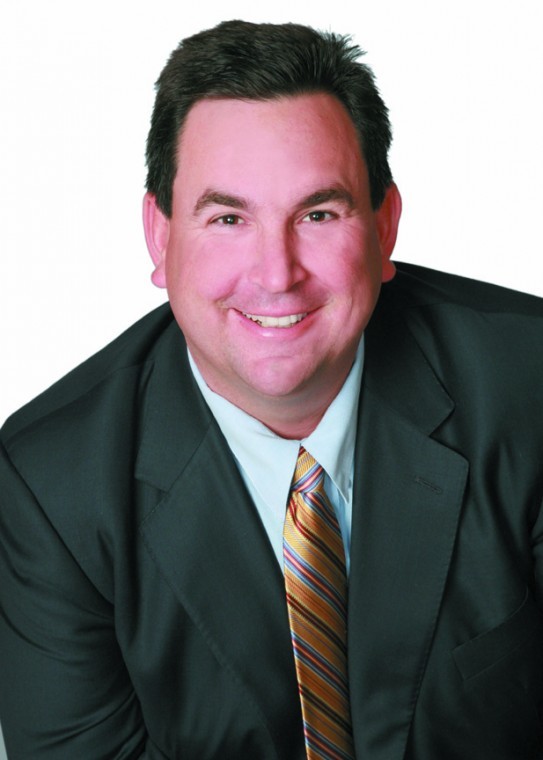When is being risk-averse too risky for the sake of your retirement?
After you conclude your career or sell your company, you have a right to be financially cautious. At the same time, you can risk being a little too cautious – some retirees invest so timidly that their portfolios barely yield any return.
For years, financial institutions pitched CDs, money market funds and interest checking accounts as risk-devoid places to put your dollars. That sounded good when interest rates were tangible. As the benchmark interest rate is now negligible, these conservative options offer minimal potential to grow your money.
America saw 3.0 percent inflation in 2011; the annualized inflation rate was down to 2.7 percent in March. Today, the yield on many CDs, money market funds and interest checking accounts can’t even keep up with that. Moreover, the Consumer Price Index doesn’t tell the whole story of inflation pressures – retail gasoline prices rose 9.9 percent during 2011, for example.
With the federal funds rate at 0-0.25 percent, a short-term CD might earn 0.5 percent interest today. On average, those who put money in long-term CDs at the end of 2007 (the start of the Great Recession) saw the income off those CDs dwindle by two-thirds by the end of 2011.
Retirees shouldn’t give up on growth investing
In the 1990s and 2000s, the common philosophy was to invest for growth in your 30s and 40s and then focus on wealth preservation as you neared retirement. (Of course, another common belief back then was that you could pencil in stock market gains of 10 percent per year.)
After the stock market malaise of the 2000s, attitudes changed – out of necessity. Many people in their 50s, 60s and 70s still need to accumulate wealth for retirement even as they need to withdraw retirement savings.
Because of that reality, many retirees can’t refrain from growth investing. They need their portfolios to yield at least 3 percent and preferably much more. If their portfolios bring home an inadequate yield, they risk losing purchasing power as consumer prices increase at a faster rate than their incomes.
Do you really want to live on yesterday’s money?
Could you live today on the income you earned in 2004 or 1996? You wouldn’t dare try, right? Well, this is the essentially the dilemma many retirees find themselves in: they realize that a) their CDs and money market accounts are yielding almost nothing, b) they are withdrawing more than they are earning, c) their retirement fund is shrinking and d) they must live on less.
In recent U.S. history, inflation has averaged 2-4 percent. What if that holds true for the next 20 years?
For the sake of argument, let’s say that consumer prices rise 4 percent annually for the next 20 years. That doesn’t sound so bad – you can probably live with that. Or can you?
At 4 percent inflation for 20 years, today’s dollar will be worth 44 cents in 2032. Today’s $1,000 king or queen bed will cost about $2,200 in 2032. Today’s $23,000 sedan will run more than $50,000.
Beyond prices for durable goods, think of the cost of health care. Think of the income taxes you pay. When you add those factors into the mix, growth investing looks absolutely essential. There is certainly a role for fixed income investments in a diversified portfolio – you just don’t want to tilt your portfolio wholly away from risk.
Accepting some risk may lead to greater reward
As many equities can potentially achieve greater returns than fixed income investments, they may prove less vulnerable to inflation. This is especially worth remembering given the history of the CPI and how jumps in the inflation rate come without much warning.
From 1900-1970, inflation averaged about 2.5 percent in America. Starting in 1970, the annualized inflation rate began spiking toward 6 percent and by 1979 it was at 13.3 percent; it didn’t moderate until 1982, when it fell to 3.8 percent. U.S. consumer prices rose by an average of 7.4 percent annually in the 1970s and 5.1 percent annually in the 1980s compared to 2.2 percent in the 1950s and 2.5 percent in the 1960s.
All this should tell you one thing: you can’t hide in fixed income. Inflation has a powerful cumulative affect no matter how conservatively or aggressively you invest – so you might as well strive to keep pace with it or outpace it altogether.










